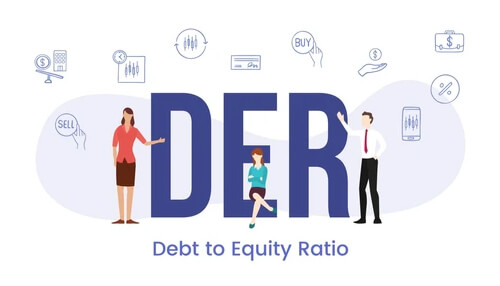Why are financial ratios important?
It is crucial to concentrate on financial ratios as it offers business owners a chance to assess financial performance. Comparing business, the income statement, balance sheet, and cash flow offer some insight. Going beyond the numbers requires understanding financial ratios to show business improvement.
8 Steps to use financial ratios to improve your Businesses
Step 1- Considering gross margin percentage
Gross margin relates to the sales minus the goods sold cost. The percentage of gross margin tells the percentage of sales, after the reduction of the goods sold cost. The difference between the purchase and sale divided by 100 gives the percentage of the gross profit margin. The gross margin percentage is vital as it shows if you are making money or not. You can clean the operations and ensure you are doing a profitable business.
Step 2- Net operating margin percentage
Net operating margin percentage is the ratio showing the net profitability of business operations. It is the percentage before the taxes. Earnings before taxes and interest are the sales minus the business costs. It does not include capital costs. These are the business costs showing the cash flow. Net operating margin percentage is crucial because when the percentage is high, it means you are strong.
Step3- Operating leverage
Businesses account for all the fixed costs. The fixed costs percentage of all costs is the operating leverage. It is the gross margin minus the variable costs fluctuating with sales. The significance of operating leverage is to generate sufficient revenue and pay for fixed costs. It is a profit indication, though the owner gets no return. If the operating leverage is low, increase the price for higher operating leverage. It also shows a high in the stock market.
Step 4- Financial leverage
Financial leverage is the financial ratios key, and refers to the business degree, as per money borrowing. The accounting value is the capital employed and the interest-bearing debt. Businesses should never be over-leveraged and risky when the debt is more, requiring repayment. Each type of business features different standards, and the financial leverage health varies accordingly. Consider the other factors, such as debt cost and cash flow, as financial health.
Step 5- Total leverage
The total average multiplied by the operating leverage by the financial leverage. Total leverage is the total effect the business has on the equity owners. In the stock market, the total leverage helps in deciding the investment. Total leverage in the stock market helps in deciding, whether to invest or not. A well-run company maintains total leverage.
Step 6- Debt-to-equity ratio
The finance proportion by insiders allows businesses to stay in the one-to-one ratio. The debt-to-equity ratio is lower indicating the financial structure is conservative which means less risk and a secure profit margin.
Step 7- Quick and current ratios
Current and quick ratios tell if the company has to cash flow and adequate liquid assets to pay the liabilities. A quick ratio takes into account various things and determines the ratios in best use. A company without enough current assets fails to cover its current liabilities.
Step 8– Return on equity
The vital key to financial ratios is a return on equity. It allows for comparing a company’s return and the investments of the shareholders. Investing is crucial in any business to earn money. A business featuring a low return on equity is valuable. It depends on several factors and is vital to use these ratios to understand hidden opportunity areas.





